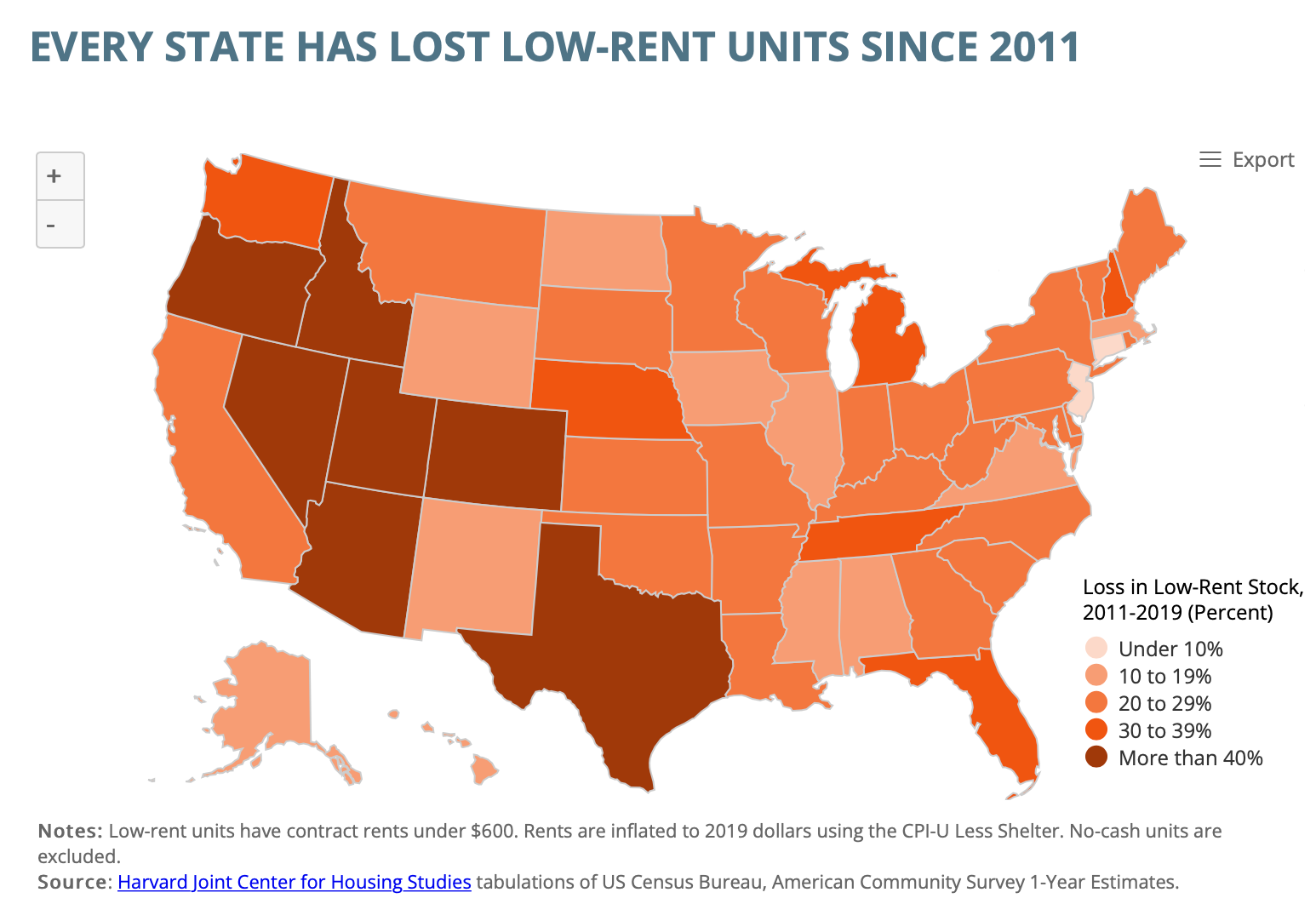Rental demand surged in 2021, partly because many higher-income households turned to renting after unsuccessful searches in the for-sale market, according to America’s Rental Housing 2022, a report released by the Harvard Joint Center for Housing Studies. Those households have driven nearly 70% of total renter growth over the past decade. The growing number of amenity-rich rentals in desirable locations is attracting higher-income renters but affecting availability, the report says.
Single-family home rentals posted an increase of 3.6 million households in suburban and small metro locations, the report says.
The overall rental vacancy rate has dropped to 5.8%, its lowest reading since the mid-1980s. Strong demand has pushed rents higher. Asking rents for professionally managed apartments are rising rapidly, led by an increase of nearly 14% for units in higher-quality buildings. That has pressed on household budgets, particularly among lower-income renters and minorities, who were hardest hit by income losses during the pandemic, the report says.

High-end apartments continue to make up the majority of recent rental construction. Low-cost rentals continue to shrink, the center’s report says.
“Another urgent need is to modify rental housing to accommodate the aging population,” the report says. “The number of renter households headed by a person age 65 and over has already climbed to 7.2 million and will continue to rise over the next two decades.”
Overall, since the pandemic began, the number of renter households has climbed by more than 870,000 between the first quarter of 2020 and the third quarter of 2021. The renter population now totals 44 million, according to the report.
Between 2009 and 2019, households aged between the ages of 35 to 44 posted the sharpest increases, which could indicate a delayed transition to homeownership, the report says.
“This is a pivotal moment for national housing policy,” says Chris Herbert, managing director of the Joint Center for Housing Studies. “The pandemic has brought the long-simmering rental affordability crisis to the forefront, and the current administration supports large-scale investments in both new and existing rental housing, as well as in subsidy programs. By creating a comprehensive, well-funded housing safety net, the nation has the opportunity to pull millions of households out of poverty, address longstanding inequities in housing delivery, and ensure that every household has access to a decent and affordable home.”
Source: “America’s Rental Housing 2022,” Harvard Joint Center for Housing Studies












